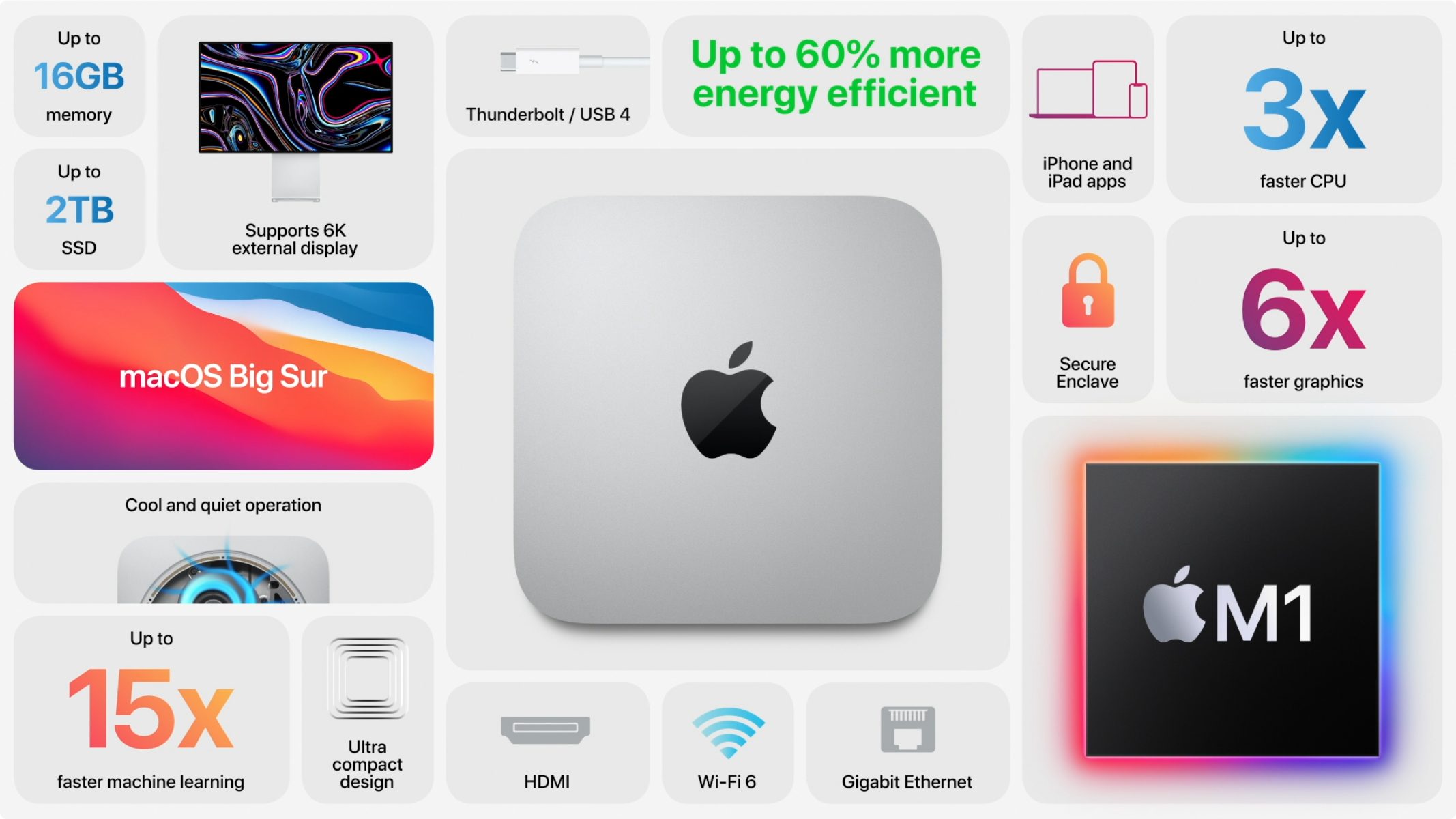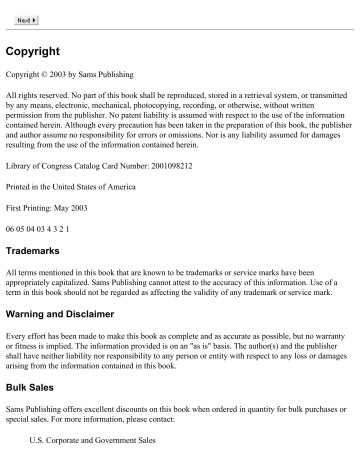


Touches like the zooming LED load meters on the front, built-in MIDI and the customizeable Geek Port made them beloved machines by their few owners: author Neil Stephenson, famous for Snow Crash, wrote the essay In The Beginning Was The Command Line with his own BeBox in mind. Be ended up making around 2,000 of the striking blue-and-beige PowerPC BeBoxes, delibperately targetted at technical users, over half of them in the slower dual 66MHz version and later a 133MHz version in the minority.
IS THERE A QUEUE EMULATOR ALTERNATIVE FOR A POWERPC MAC FULL
(This was carried over to the G3 as well, which is really just an evolved 603 the 604 offered a fourth state, and the G4 the full five MERSI states.) With little choice to get a product out the door, Be had to get around this problem with extra hardware to forcibly keep the processor caches synchronized. After all, the best way to show off your all-singing, all-dancing, all-threading new operating system is with extra CPUs to power it.īe regrouped around the PowerPC 603, which led to some unique technical issues of its own because the 603 has only three cache coherence states (MEI), making it notionally insufficient for multiprocessing. The Hobbit had few takers due to its cost and various technical issues (Apple eventually rejected it for the Newton, leading to the rise of ARM), and when AT&T decided to kill the project in 1993 it nearly killed Be as well, who were using it for their dual-processor prototype wonderbox. In fact, its original architecture was one almost nobody remembers, the AT&T Hobbit, a strange stack-oriented CPU specialized for running C programs. It survives in recreated spirit on modern PCs, if not a direct descendent, as the perennially-beta Haiku.Ī few nerds, however, will recall that BeOS didn't originally run on x86. Established in 1993 by former Apple exec Jean-Louis Gassée, Be's new OS was meant as a media-savvy alternative to MacOS and Windows, but with POSIX compatibility (largely), a command-line shell option and pervasive cheap multithreading, which is probably its most notable technical feature. sold out to Palm in 2001 and self-liquidated). Many nerds are at least historically aware of the BeOS, which died an untimely death two decades ago this year (when parent Be, Inc.


 0 kommentar(er)
0 kommentar(er)
